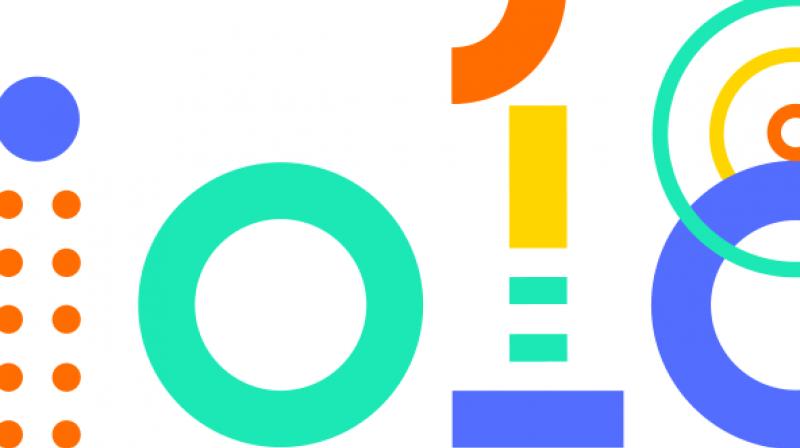Google releases source code for Google I/O 2018 for Android

Google has just released the source code for the official Google I/O 2018 for Android app.
The 2018 version constitutes an all-inclusive rewrite of the app. For many years, the app has used a ContentProvider + SyncAdapter architecture. This year, Google rewrote the app using Architecture Components and brought the code in sync with the Android team's current recommendations for building modern apps.
Architecture
Google has followed the recommendations laid out in the Guide to App Architecture for writing modular, testable and maintainable code when deciding on the architecture for the app. They kept logic away from Activities and Fragments and moved it to ViewModels. Google also observed data using LiveData and used the Data Binding Library to bind UI components in layouts to the app's data sources.
Google has used a Repository layer for handling data operations. IOSched's data comes from a few different sources — user data is stored in Cloud Firestore (either remotely or in a local cache for offline use), user preferences and settings are stored in SharedPreferences, conference data is stored remotely and is fetched and stored in memory for the app to use — and the repository modules are responsible for handling all data operations and abstracting the data sources from the rest of the app. If Google ever wanted to swap out the Firestore backend for a different data source in the future, their architecture allows us to do so in a clean way.
Google implemented a lightweight domain layer, which sits between the data layer and the presentation layer, and handles discrete pieces of business logic off the UI thread.
Google also used Dagger2 for dependency injection and we heavily relied on dagger-android to abstract away boilerplate code.
Google has used Espresso for basic instrumentation tests and JUnit and Mockito for unit testing.
Firebase
The use of Firebase technologies has grown in the app as the Firebase platform has matured. The 2018 version uses the following Firebase components:
Cloud Firestore is Google’s source for all user data (events starred or reserved by a user). Firestore gave Google automatic sync and also seamlessly managed offline functionality for them.
Firebase Cloud Functions allowed Google to run backend code. The reservations feature heavily depended on Functions checking a user's status (only attendees were allowed to make reservations), checking space availability and persisting reservation status in Firestore.
Firebase Cloud Messaging let Google inform the app about changes to conference data on their server. Conference data is mostly static, but it does change from time to time, especially after the keynote. The app has traditionally used a ping-and-fetch model when working with conference data, and Google retained that usage this year.
Remote Config helped Google manage in-app constants. In previous years, Google had found themselves unable to inform users when data not directly related to the conference schedule — WiFi information, conference shuttle schedule, etc. — changed unexpectedly. Remote Config helped Google update such values in a lightweight manner.
Kotlin
Google made an early decision to rewrite the app from scratch to bring it in line with modern Android architecture. Using Kotlin for the rewrite was an easy choice: Google says they loved Kotlin's expressive, concise, and powerful syntax; and found that Kotlin's support for safety features including nullability and immutability made their code more resilient; and also leveraged the enhanced functionality provided by Android Ktx extensions.
Material Design
At I/O 2018, the Material Design team announced Material Theming, giving apps much greater ability to customize Material Design to bring more of their product's brand. As Google launched the app before Material Theming, they couldn't use all of the new components but has managed to sneak a couple in like the new Bottom App Bar with inset Floating Action Button and were able to incorporate a lot of the conference's branding elements.
Future plans
The rewrite of the app brings the code in sync with Android's opinionated recommendations about building apps, and it resulted in a cleaner, more maintainable codebase. Google will continue working on the app, incorporating JetPack components as they become available and finding opportunities to showcase platform features that are good fits for the app. Developers can follow changes to the code on GitHub.
Click on Deccan Chronicle Technology and Science for the latest news and reviews. Follow us on Facebook, Twitter.

